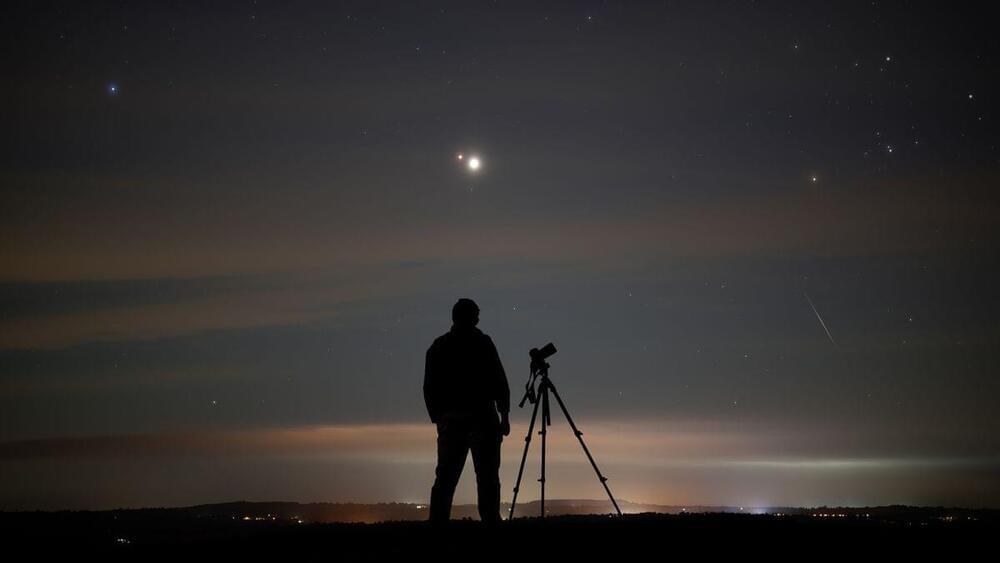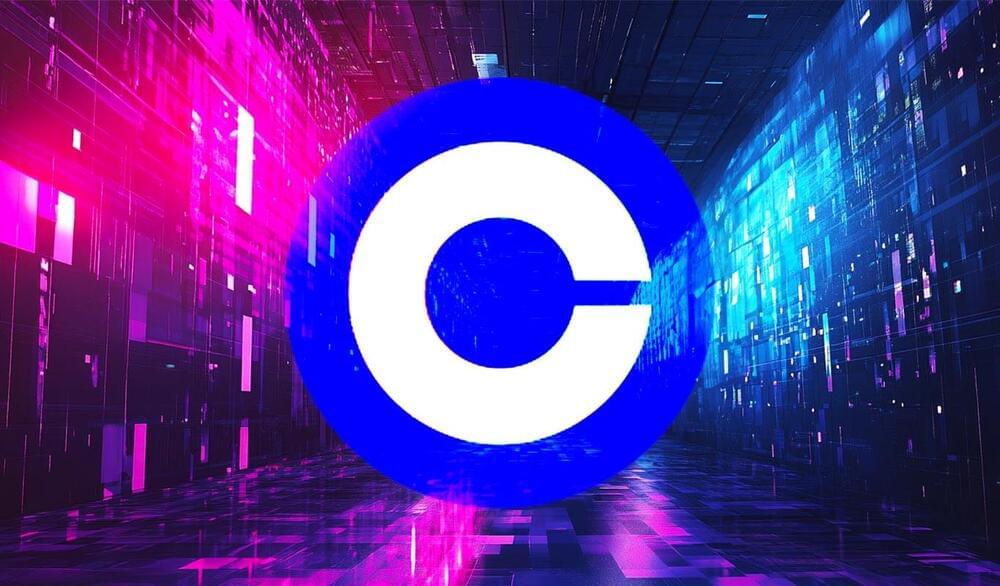Future space missions could use quantum technology to track water on Earth, explore the composition of moons and other planets, or probe mysterious cosmic phenomena.
Get the latest international news and world events from around the world.


Astrophotographers capture rare Jupiter and Mars encounter (photos)
The two planets came as close as within a quarter-of-a-degree, or about 50% of the angular size of the lunar disk.
Lorenzo Di Cola also captured the conjunction over L’Aquila Italy. Both Jupiter and Mars were visible to the naked eye in the constellation Taurus during the cozy meet-up.
The photographer also took this amazing composition image made up of nine interval timer photos showing the two planets rising through the sky. Mars and Jupiter are visible in conjunction and if you look carefully you can even see some of Jupiter’s moons.

Coinbase Now Available in Hawaii Following Regulatory Clarity From America’s 50th State
Crypto exchange Coinbase just announced that Hawaii residents can now use its platform to buy and sell digital assets.
In a statement, the largest US-based crypto exchange says its products and services are now available in The Aloha State after the Hawaii Department of Commerce and Consumer Affairs (DCCA) Division of Financial Institutions (DFI) made regulatory changes that provided clarity for cryptocurrency firms.


This Amino Acid Can Help Boost Brain Function When You’re Stressed
The dosage of tyrosine supplements given in studies greatly varies, ranging from fixed amounts of 2–20 g to 25–150 mg/kg of body weight.
Speak with a healthcare provider to discuss the most appropriate dose for your health concerns.
Many foods contain tyrosine, making it relatively easy to meet the daily requirements. Meat and meat products are among the best dietary sources. For example, each 6-ounce (oz) cooked serving of chicken and steak provides 1,446 mg and 1,640 mg of tyrosine, respectively.
Breathtaking timelapse of the Milky Way takes 10 years to create
Shooting timelapse is a complex process that requires skill and patience, which an astrophotographer considers to be the most important thing for its creation.
Live coverage: SpaceX to launch 116 payloads on Falcon 9 rideshare mission: Transporter-11
Update 3:27 p.m. EDT: SpaceX launched the Transporter-11 mission and landed the first stage booster. Payload deployment is set to begin close to 4 p.m. EDT (2000 UTC).
SpaceX launched its Falcon 9 rocket from Vandenberg Space Force Base, sending dozens of spacecraft into orbit with its latest rideshare mission launching from California. The rocket’s first stage booster touched down back near the launch site following stage separation, creating a sonic boom for those nearby.
Liftoff from Space Launch Complex 4 East (SLC-4E) happened 11:56 a.m. PDT (2:56 p.m. EDT, 1,856 UTC). The satellites will be deployed over a more than two-hour-long period.

Benefits of Fermented Papaya in Human Health
Fermented foods have been used for several years all over the world, due to their unique nutritional characteristics and because fermentation promotes conservation and food security. Moreover, fermented foods and beverages have a strong impact on human gut microbiota. Papaya is the fruit of the Carica papaya plant, traditionally used as a medicinal fruit, but there are also references to the use of the fermented form of this fruit. The main purpose of this review is to provide an improved understanding of fermented papaya nutritional and health applications. A literature search was conducted in the PubMed and Google Scholar databases. Both in vitro and in vivo studies were included. According to the retrieved studies, fermented papaya has proven to be an excellent antioxidant and an excellent nutraceutical adjuvant in combined therapies against several diseases, such as Alzheimer’s disease, allergic reactions, anticancer activity, and anemias. Therefore, it is concluded that fermented papaya has many benefits for human health and can be used as prevention or aid in the treatment of various diseases.
Keywords: fermented food, fermented papaya, health benefits, oxidative stress.
The Most INTENSE Theory of Reality Explained
Karl Friston is a leading neuroscientist and pioneer of the free energy principle, celebrated for his influential work in computational neuroscience and his profound impact on understanding brain function and cognition. Karl is a Professor of Neuroscience at University College London and a Fellow of the Royal Society, with numerous awards recognizing his contributions to theoretical neurobiology.
Listen on Spotify: https://open.spotify.com/show/4gL14b9…
Become a YouTube Member Here:
/ @theoriesofeverything.
Patreon: / curtjaimungal (early access to ad-free audio episodes!)
Join TOEmail at https://www.curtjaimungal.org.
LINKS: — karl’s previous TOE episode: • karl friston: the \